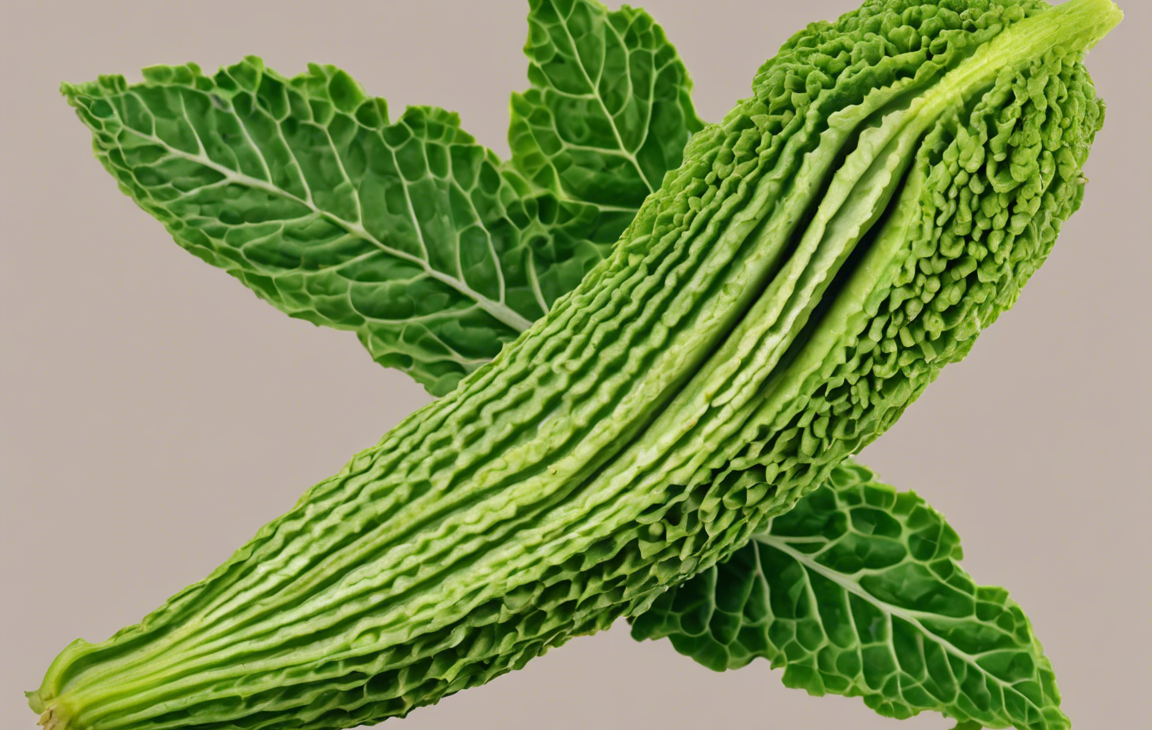Introduction
Karela, also known as bitter gourd or bitter melon, is a fruit that is widely popular in various Asian and African cuisines due to its unique bitter taste and numerous health benefits. Despite its bitter flavor, karela is a powerhouse of nutrients, vitamins, and minerals that make it a highly valuable addition to a healthy diet. In this comprehensive guide, we will delve into the various benefits of karela, different ways to incorporate it into your meals, and other interesting facts about this incredible fruit.
Benefits of Karela
1. Rich in Nutrients
Karela is packed with essential nutrients such as Vitamin C, Vitamin A, folate, and minerals like potassium and iron. It is also a good source of dietary fiber, making it a wholesome addition to your diet.
2. Blood Sugar Regulation
One of the most well-known benefits of karela is its ability to help regulate blood sugar levels. Studies have shown that compounds in karela can enhance insulin secretion and improve glucose utilization, making it a valuable food for individuals with diabetes or those looking to manage their blood sugar levels effectively.
3. Weight Management
Due to its low calorie and high fiber content, karela can be beneficial for weight management. The fiber in karela helps improve digestion, promote satiety, and reduce overall calorie intake, making it a great addition to weight loss diets.
4. Antioxidant Properties
Karela is rich in antioxidants such as flavonoids, phenolic compounds, and vitamin C, which help protect cells from damage caused by free radicals. These antioxidants play a crucial role in reducing inflammation, preventing chronic diseases, and boosting overall health.
5. Immune Support
The high vitamin C content in karela helps boost the immune system and enhance the body’s defense against infections and illnesses. Including karela in your diet can help strengthen your immunity and promote overall well-being.
6. Skin Health
The antioxidants and vitamin A in karela contribute to healthy skin by reducing oxidative stress, preventing premature aging, and promoting a clear complexion. Consuming karela regularly can help improve skin health and give you a natural glow.
How to Cook Karela
Karela can be prepared in various ways to reduce its bitterness and enhance its flavor. Here are some popular karela recipes:
1. Stuffed Karela
- Slit the karela lengthwise and remove the seeds.
- Mix a stuffing of spices, salt, and optionally, minced meat or paneer.
- Stuff the mixture into the karela and secure with toothpicks.
- Cook the stuffed karela in oil until tender and slightly browned.
2. Karela Chips
- Slice the karela thinly into round chips.
- Toss the slices with salt, turmeric, and other spices of your choice.
- Fry the chips until crispy and golden brown.
3. Karela Juice
- Blend peeled karela with water and a squeeze of lemon juice.
- Strain the mixture to remove any solid pieces.
- Add honey or a sweetener of your choice for taste.
Frequently Asked Questions (FAQs)
1. Is karela safe for pregnant women?*
Karela is safe for consumption during pregnancy in moderate amounts. However, it is advisable to consult with a healthcare provider before including it in your diet.
2. Can karela help in managing cholesterol levels?*
Yes, karela has been shown to help lower bad cholesterol levels and promote heart health when consumed regularly as part of a balanced diet.
3. Are there any side effects of eating karela?*
While karela is generally safe for consumption, some individuals may experience stomach upset or diarrhea if consumed in excess due to its bitter taste. Moderation is key.
4. Can karela be eaten raw?*
Yes, karela can be eaten raw, but its bitterness may be too strong for some people. You can try adding it to salads or juices to mask the taste.
5. Does cooking karela reduce its nutritional value?*
Cooking methods such as frying can reduce some of the nutrient content of karela. It is best to opt for healthier cooking methods like steaming or baking to retain its nutritional benefits.
6. Is karela effective in controlling blood sugar levels?*
Yes, karela has shown promising results in helping regulate blood sugar levels and improving insulin sensitivity in individuals with diabetes or prediabetes.
7. Can karela be used in skincare routines?*
Yes, the antioxidants and vitamin A in karela make it a great addition to skincare routines. You can apply karela juice topically or include it in face masks for glowing skin.
8. Are there any alternatives for karela for people who cannot tolerate its bitterness?*
If you cannot tolerate the bitter taste of karela, you can try other bitter vegetables like arugula or endive, which offer similar health benefits without being as bitter.
9. Is karela beneficial for gut health?*
Yes, the fiber content in karela helps support digestive health by promoting regular bowel movements and maintaining a healthy gut microbiome.
10. Can children consume karela?*
While some children may find the bitter taste of karela unappealing, it can be introduced gradually into their diet to help develop their taste buds and reap its health benefits.
In conclusion, karela is a versatile fruit that offers a wide range of health benefits, from blood sugar regulation and weight management to immune support and skin health. By incorporating karela into your meals in innovative ways and exploring different recipes, you can enjoy its nutritional goodness and enhance your overall well-being. Remember to consult with a healthcare provider or nutritionist to ensure that karela is suitable for your individual dietary needs.







